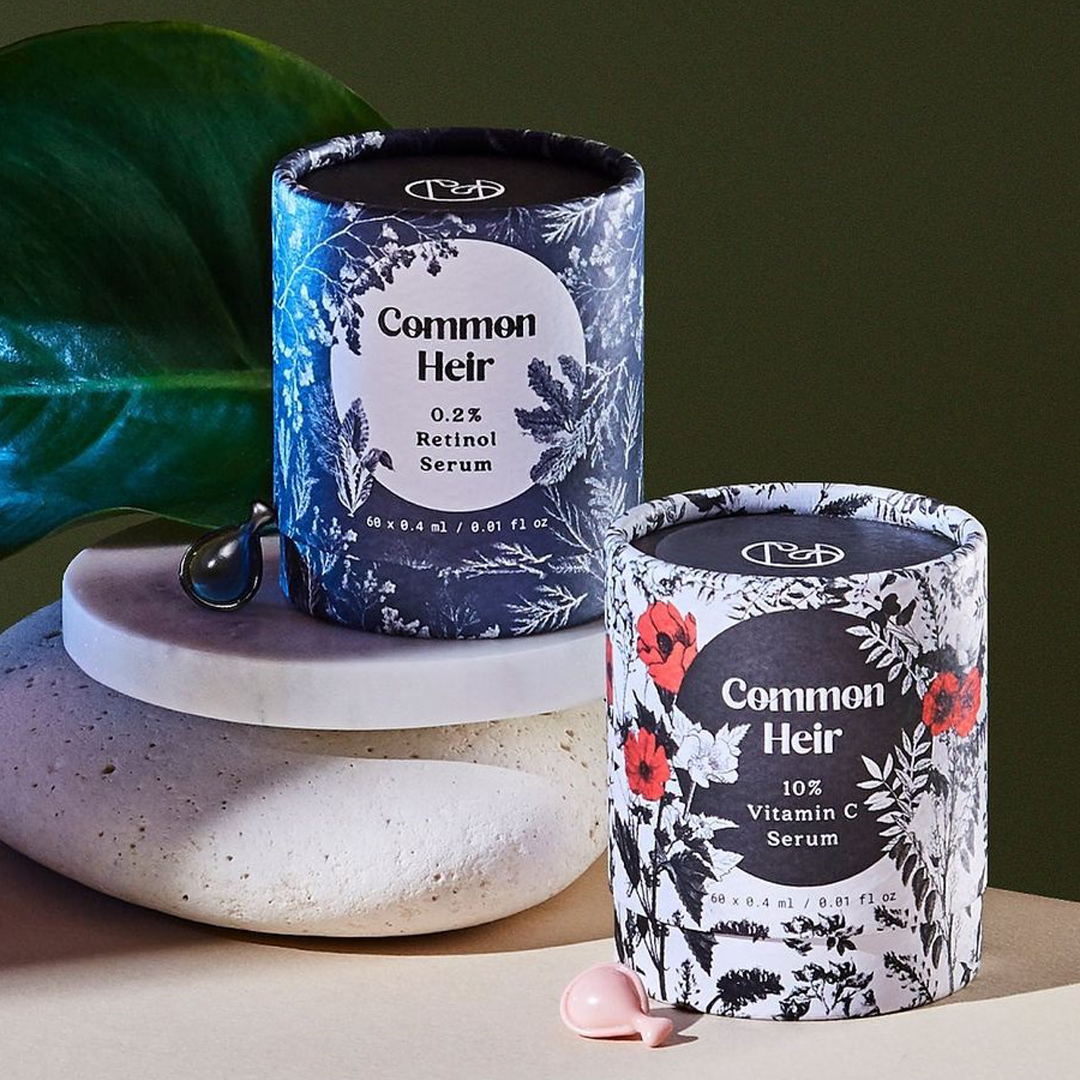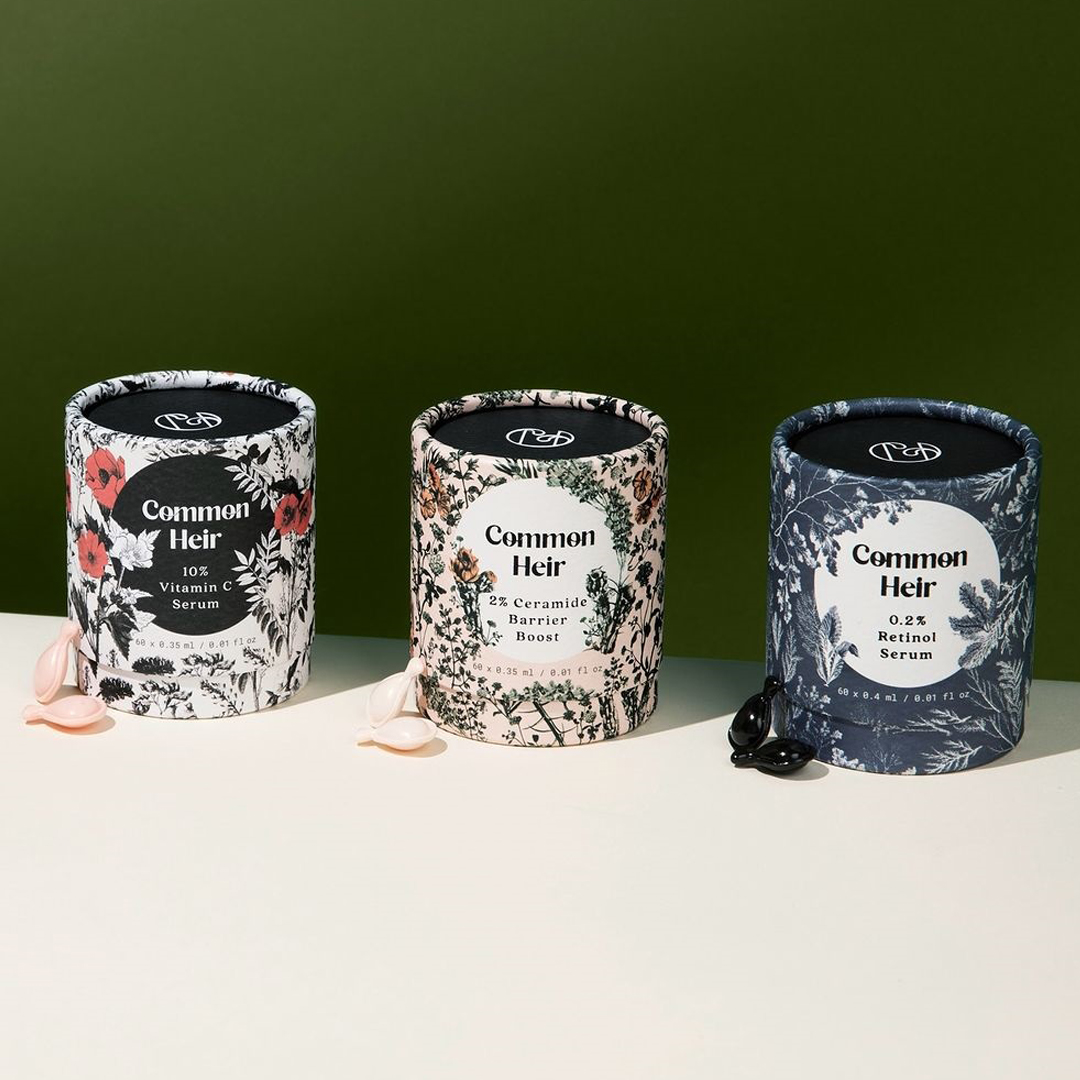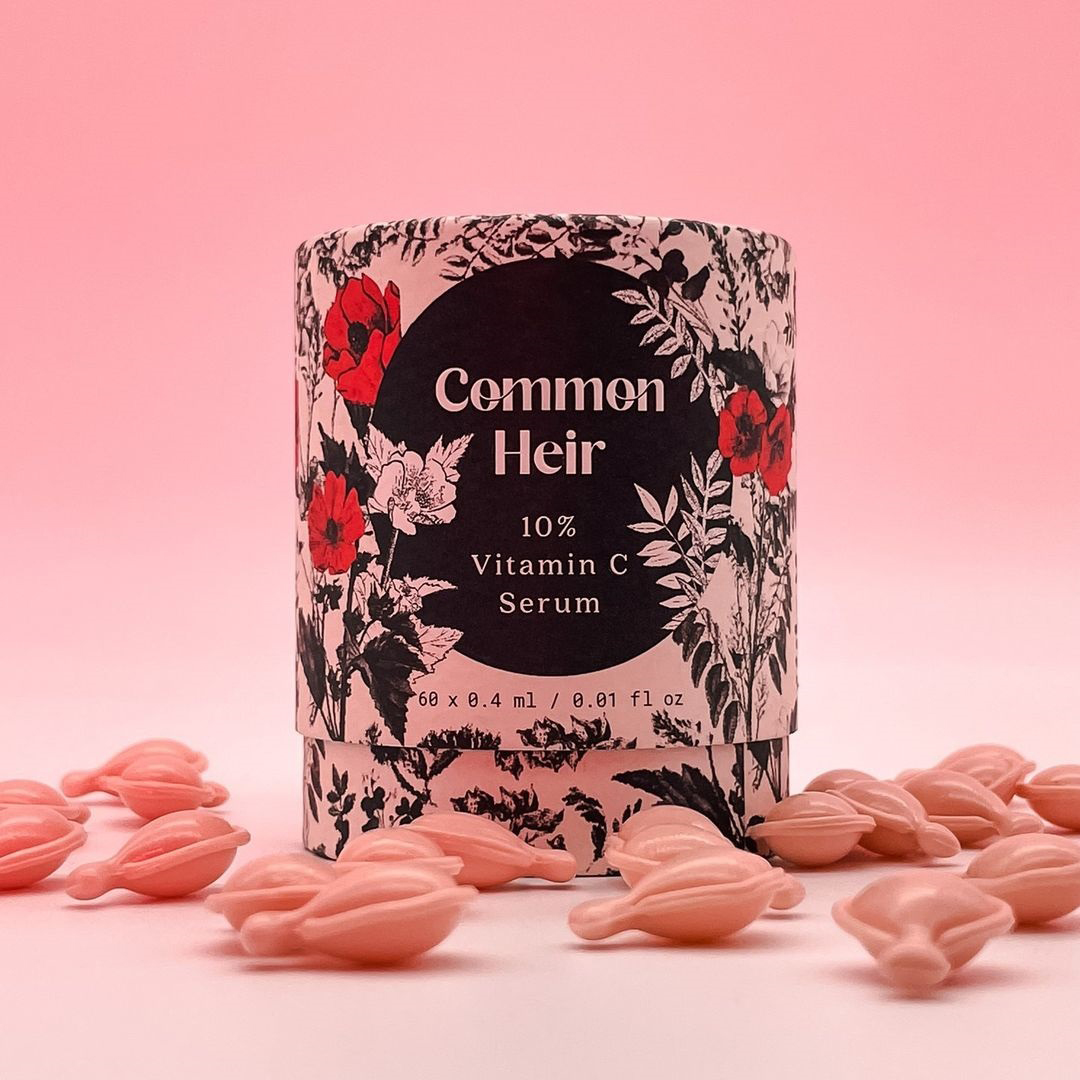Are you seeking innovative packaging design concepts to stand out in the market? Adopting a minimalistic approach is an excellent strategy for crafting a unique aesthetic that grabs attention while directing the focus onto the product. This involves streamlining packaging materials and simplifying the visual aspects of the box.
In this blog post, we'll delve into five minimalist packaging designs that are sure to captivate. From abstract patterns to monochromatic schemes, these concepts enable the creation of a simple, elegant, and simultaneously stunning design.
1. Understanding Minimalist Packaging
Minimalist packaging is a design philosophy centered around reducing complexity and simplifying the appearance of product packaging. By incorporating fewer design elements, such as color, shape, texture, material, and graphics, minimalist packaging minimizes visual clutter, highlighting the product itself.
This design approach adheres to the principle of "less is more," asserting that a clean, simple design can be just as visually appealing as a more intricate one. When it comes to minimalist packaging, factors like color, style, design, text, graphics, and materials must be carefully considered. Strive to maintain an overall simple look without compromising visual allure.
2. Advantages of Minimalist Packaging
The popularity of minimal packaging is not surprising, given its numerous benefits, such as:
Cost reduction in production
Attraction to modern consumers
Competitiveness enhancement
Creation of a unique and simple appearance
Allowing products to speak for themselves
Generating an environmentally friendly impression
Reduction in waste production
Requirement of less storage space in retail environments
3. The Future of Minimalist Packaging
The outlook for minimalist packaging design appears promising as global awareness of reducing carbon footprints grows. More companies recognize the advantages of minimalist packaging in reducing material usage, waste output, and overall environmental impact. The future seems bright, bringing forth innovative minimalist packaging ideas that benefit both businesses and consumers.
Through creativity, companies can design visually appealing packaging that promotes sustainability and minimizes waste. Ultimately, minimalist packaging design enables businesses to stand out while providing consumers with an attractive product.
4. Seven Minimal Packaging Design Ideas
4.1 Use of Minimal Material
Opting for lightweight, recyclable, and easy-to-assemble materials is crucial in achieving a minimalist effect. Consider employing printing methods that allow for minimal printing, such as digital printing, to reduce costs and waste.
4.2 Application of Neutral Colors:
Incorporating neutral colors like white, black, gray, beige, and brown can add elegance to minimal packaging designs. These hues maintain a focus on the product while ensuring versatility in integrating them into various product or branding designs.
4.3 Emphasis on Logo:
Prioritize your logo as a key element in achieving uniqueness in a saturated market. A simple logo or image can have a lasting impact, focusing attention on the brand and maintaining a minimalistic appeal.
4.4 Transparent Packaging:
Introduce clear or see-through panels for a modern and minimalist approach. This not only provides a sneak peek into the product but also enhances the unboxing experience. Add accents or colors with labels for a creative touch.
4.5 Limited Use of Text:
Adopt a restrained approach to text, utilizing creative typography, large fonts, and minimalistic wording. Balancing the amount of text with design elements is crucial to maintaining a clean and modern look while conveying necessary information effectively. Highlight your brand with a logo or slogan instead of excessive wording.
4.6 Incorporate Sustainable Materials
Embracing sustainability is a key trend in minimalist packaging design. Opt for eco-friendly materials, such as recycled paper or biodegradable plastics, to align with the growing demand for environmentally responsible practices. Utilizing sustainable materials not only contributes to reducing the environmental footprint but also resonates positively with eco-conscious consumers. By prioritizing sustainability, businesses can enhance their brand image and meet the evolving expectations of a socially and environmentally aware market.
4.7 Introduce Functional Simplicity
Beyond visual aesthetics, minimalist packaging design can prioritize functional simplicity. Streamline the packaging structure to enhance usability and convenience for consumers. Consider easy-open features, user-friendly resealing mechanisms, or multi-purpose packaging that extends the product's utility. Functional simplicity not only aligns with the minimalist ethos but also contributes to a positive consumer experience. By integrating functionality into the design, brands can create a lasting impression and foster customer loyalty through thoughtful and practical packaging solutions.
 English
English Español
Español Português
Português Pусский
Pусский Français
Français Deutsch
Deutsch 日本語
日本語 한국어
한국어 Italiano
Italiano عربى
عربى


